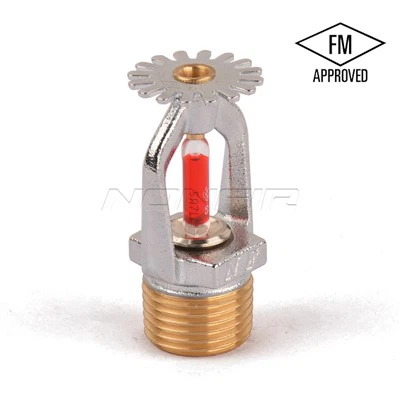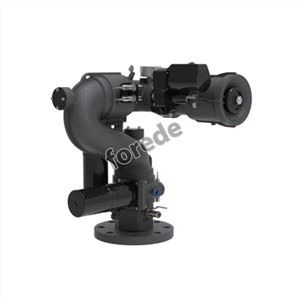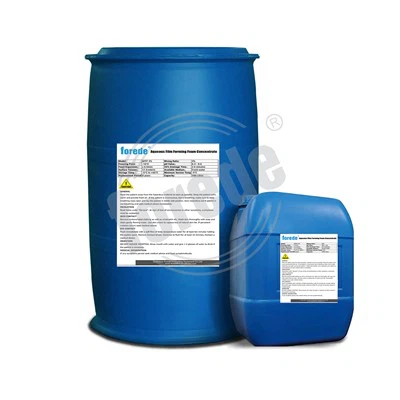Foam systems are fire suppression systems that use foam to extinguish fires. These systems are commonly used in industrial and commercial settings where there is a high risk of flammable liquids or materials igniting.
There are two main types of foam systems: foam concentrate systems and premixed foam systems. Foam concentrate systems release a concentrated foam solution into a water stream, which then creates foam when it is discharged. Premixed foam systems, on the other hand, have the foam solution already mixed with water and ready to be discharged.
Foam systems have several advantages over traditional fire suppression methods. First, they are highly effective at putting out fires involving flammable liquids and gases. The foam acts as a blanket, smothering the fire and preventing oxygen from reaching the fuel source. This can quickly extinguish the fire and prevent it from spreading.
Another advantage of foam systems is that they are typically easier to use than other fire suppression methods. Once the system is activated, the foam is automatically discharged, so there is no need for an operator to aim a hose or other device. This can be especially helpful in situations where a fire might be difficult to reach or where there is a risk of injury to the operator.
Additionally, foam systems are relatively low-maintenance and require only occasional inspections and refills. This can be a cost-effective solution for businesses that need to protect their assets from fire, as it eliminates the need for ongoing maintenance and replacement of equipment.
In conclusion, foam systems are a highly effective and efficient fire suppression method that can help protect businesses and industrial facilities from the dangers of fires involving flammable liquids and gases. By smothering the fire and preventing it from spreading, these systems can reduce damage and save lives. They are also easy to use and require little maintenance, making them a favorable choice for businesses looking to protect their assets.




















